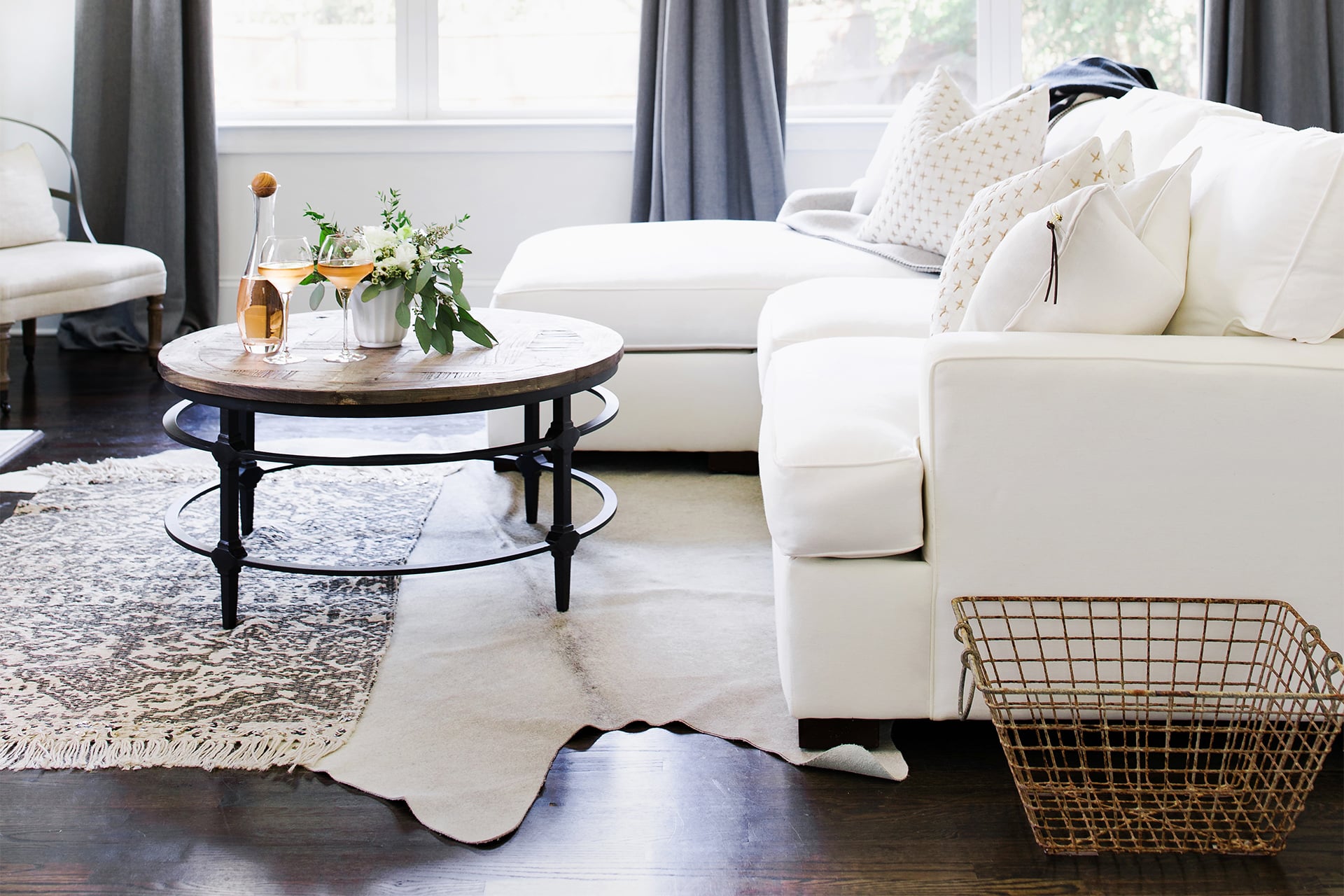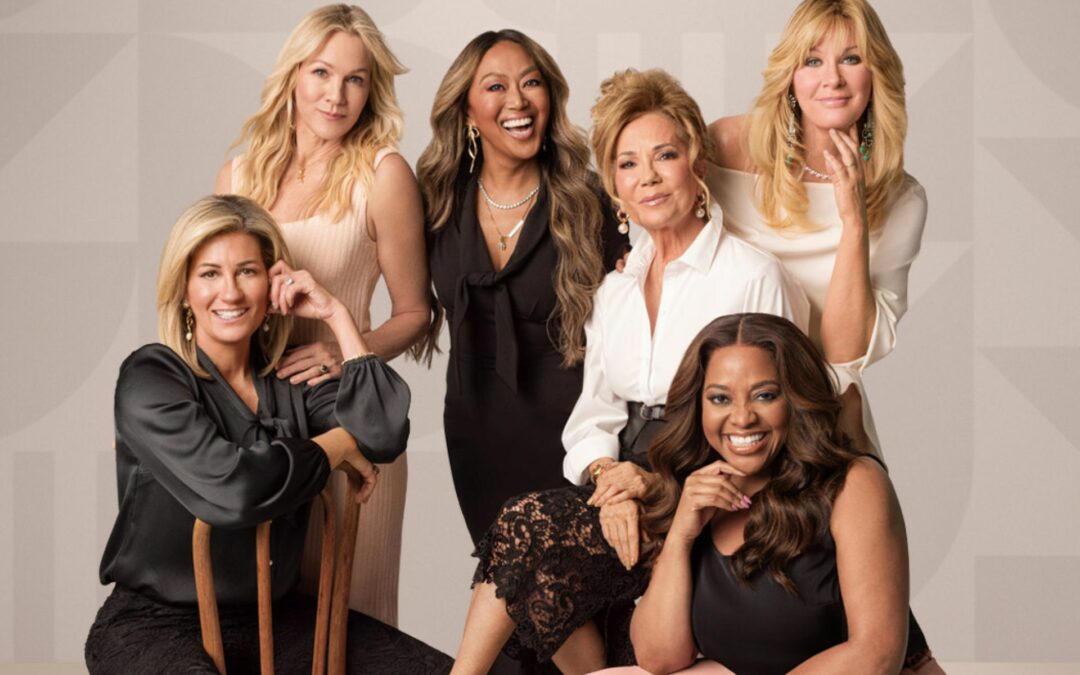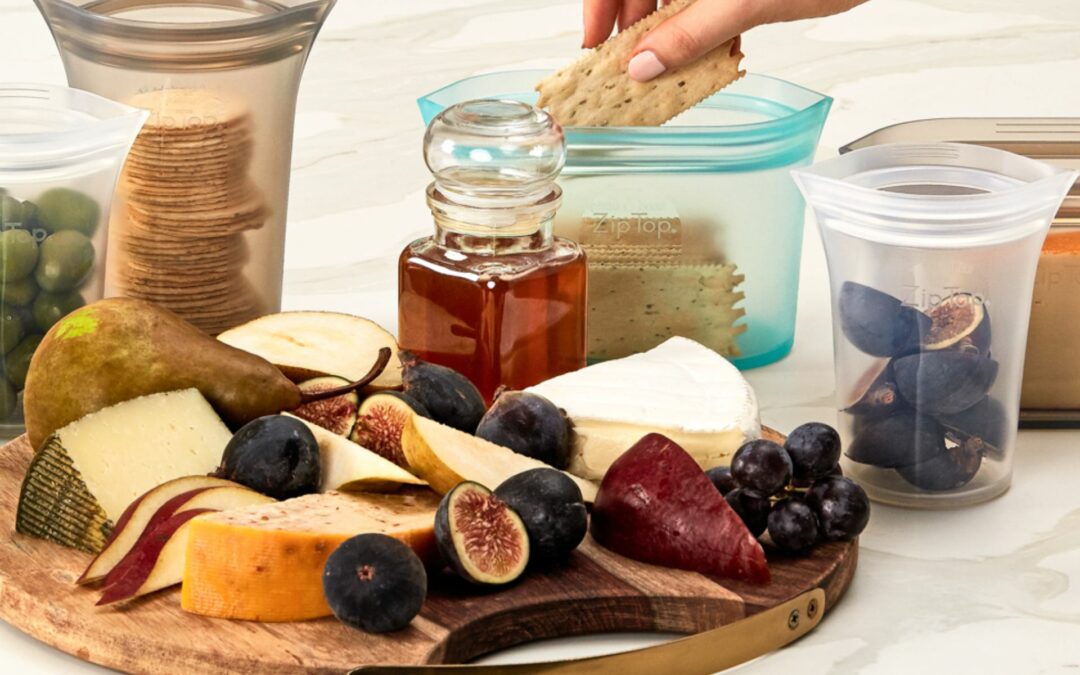As 2023 begins, constantly evolving and converging trends will provide opportunities for the home and housewares business to market and merchandise products that perform double duty for increased consumer convenience, utility and satisfaction.
These trends show an appreciation for balance, consumers caring for themselves and the world, people celebrating pets as family and smart home products adding value to consumers’ lives.
Look for these trends at The Inspired Home Show 2023.
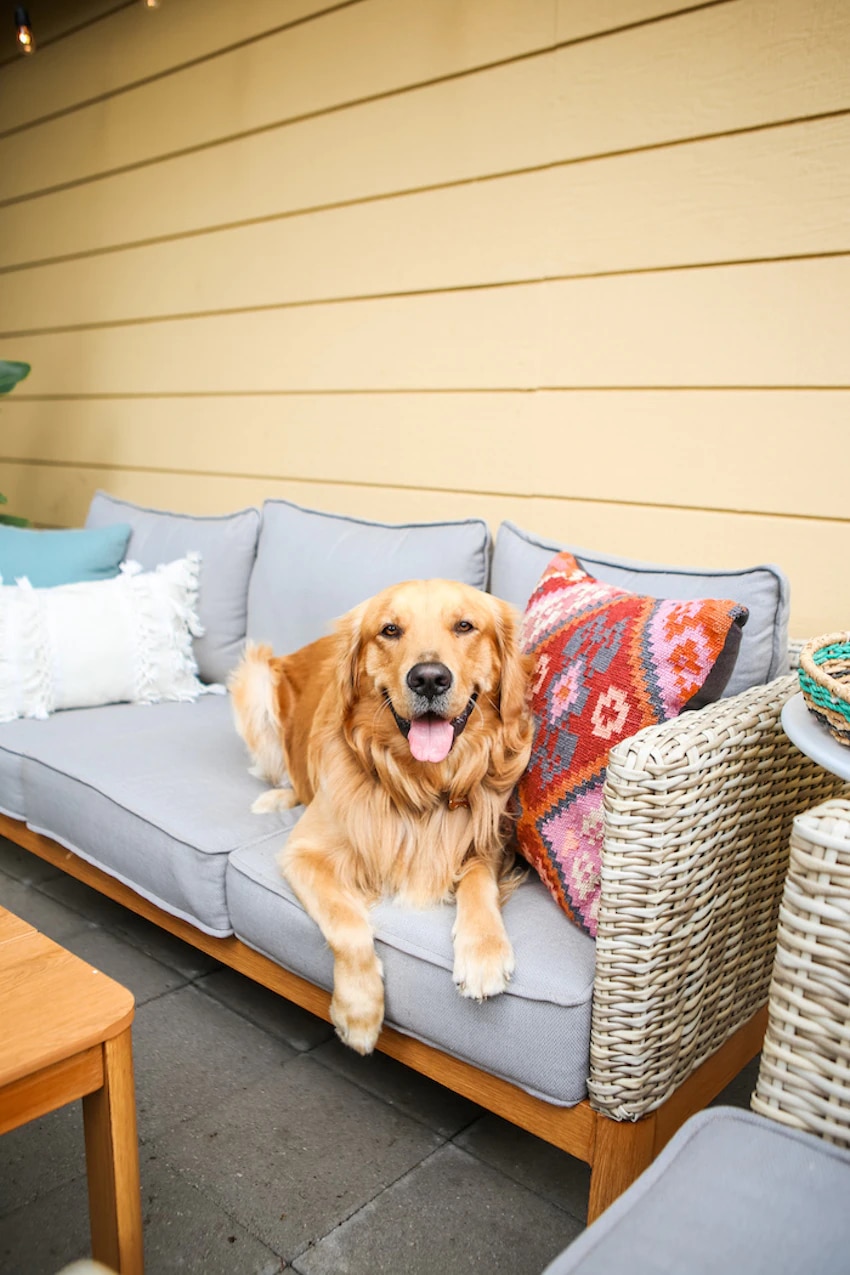
Elizabeth Van Lierde for TheInspiredHome.com
Pets As Family
According to the American Society for the Prevention of Cruelty to Animals (ASPCA), approximately 23 million households adopted a pet during the pandemic. To many, these pets are considered “fur babies” or family members.
With a surge in pet owners, there is also a market for new pet products including pet tech: automatic feeders, pet cameras, collars with tracking devices, self-cleaning litter boxes; pet wellness: paw cleaners, probiotics, supplements, CBD for pets, anxiety jackets; design-focused accessories: beds, bowls, crates, and scratchers; and ways for owners to clean up after their furry friends: pet hair vacuums, air purifiers, pet seat covers for cars and lint rollers. Owners concerned with sustainability now have options for sustainable and biodegradable pet waste bags. Pets are part of the family and deserve premium products good enough for the pets and their owners.
“We give pets what we want for ourselves,” said Tom Mirabile, founder of Springboard Futures and consumer trend forecaster for the International Housewares Association and HomePage News.
Pet owners are not only looking for pet-specific products but they are also creating home entertaining moments for their pets (and themselves). The Pinterest Predicts 2023 trend report included “pool pawties,” describing parties for the dogs including invitations, party favors and party decorations. On Pinterest, in the analysis period from September 2020 to September 2022, searches for “DIY dog areas in backyard” were up 490%, “DIY dog pool” were up 85%, “dog birthday party ideas decoration” were up 65% and “dog party favors” were up 135%.
“Most of us have great experiences with our pets. As an industry, we can look a little bit further ahead, from things that are just useful and functional to something more joyous,” Mirabile declared, speaking of pet-related products. “It’s not like a lot of other home purchases where we plan and compare… this is something bright and fun. It’s an emotional purchase.”
Sustainable Travel
While sustainability and eco-consciousness have been on the rise for years, sustainable travel is seeing an uptick. After restrictions during the pandemic, travel, itself, is on the rise. Americans are making up for lost time and experiences in what is being referred to as “revenge travel,” and many are looking to reduce their carbon footprint while traveling. There is even a Swedish word for “flight shame” and the anti-flying social movement to reduce the environmental impact of aviation: flygskam.
According to research from Booking.com, over two-thirds (71%) of travelers of all ages would choose to reduce their carbon footprint by limiting the distance traveled and 76% of Gen Z state that they would use more environmentally-friendly means of transportation once at their destination such as hybrid/electric rental cars, public transport, walking or biking. Additionally, 83% of Baby Boomers and 78% of Millennials are likely to choose sustainable travel options when planning and booking their travel.
The World Tourism Organization defines sustainable travel as “tourism that takes full account of its current and future economic, social and environmental impacts, addressing the needs of visitors, the industry, the environment and host communities.” Travel information site, LonelyPlanet.com, mentions a few ways in which travelers can do that: travel off-peak or off-beat; go by road or rail instead of air, if possible; choose eco-conscious accommodations and give business to more eco-friendly hotel groups; and pack reusable items.
New travelers or travelers who haven’t traveled in a while likely will be looking to buy or replace travel goods and there are many items that people looking to travel sustainably can use. Some such products include: reusable water bottles or purifying water bottles; reusable coffee cups; stainless steel or bamboo straws and cutlery; reusable shopping and produce bags; low-waste toiletries or personal toiletries in reusable shampoo/conditioner bottles; silicone snack bags; bamboo toothbrushes; packing cubes; and e-readers instead of paper books.
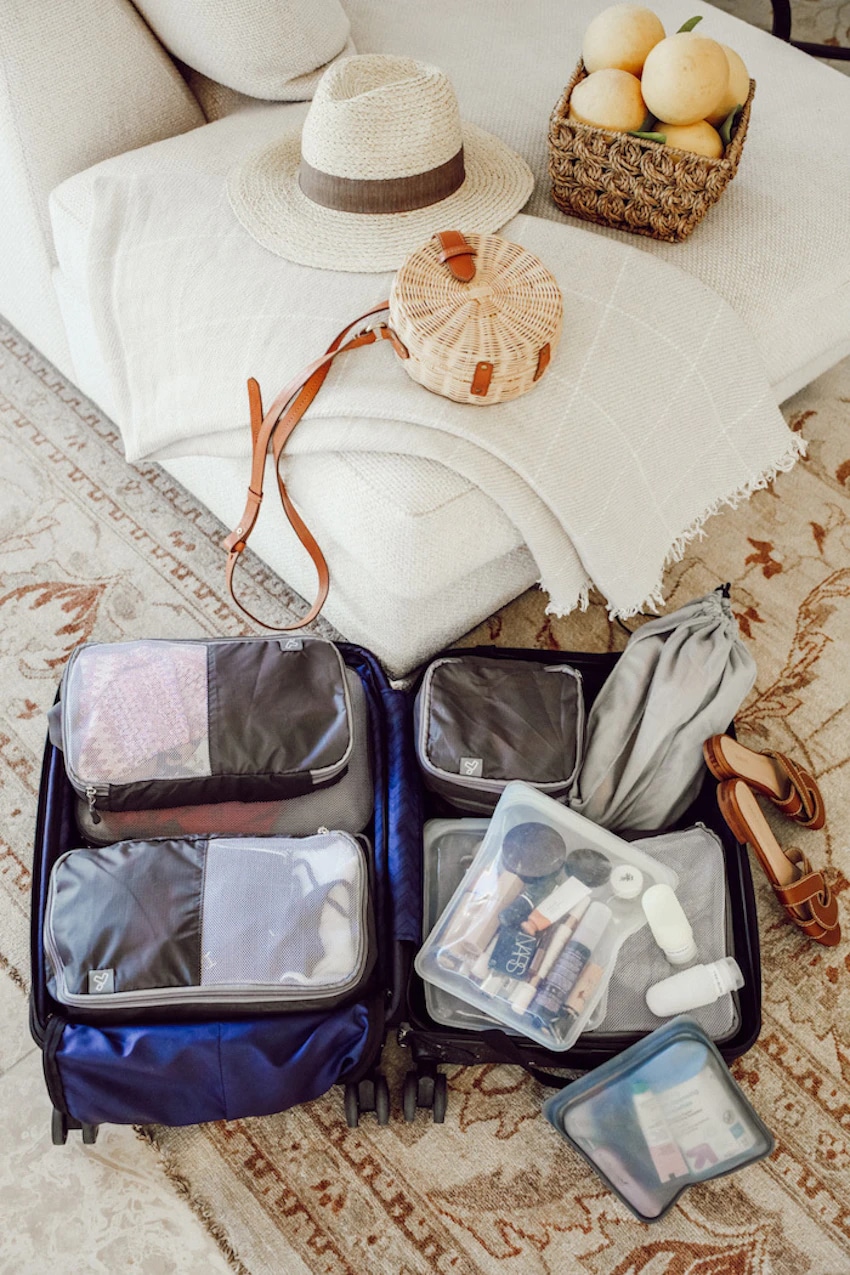
Marija Krosnjar for TheInspiredHome.com
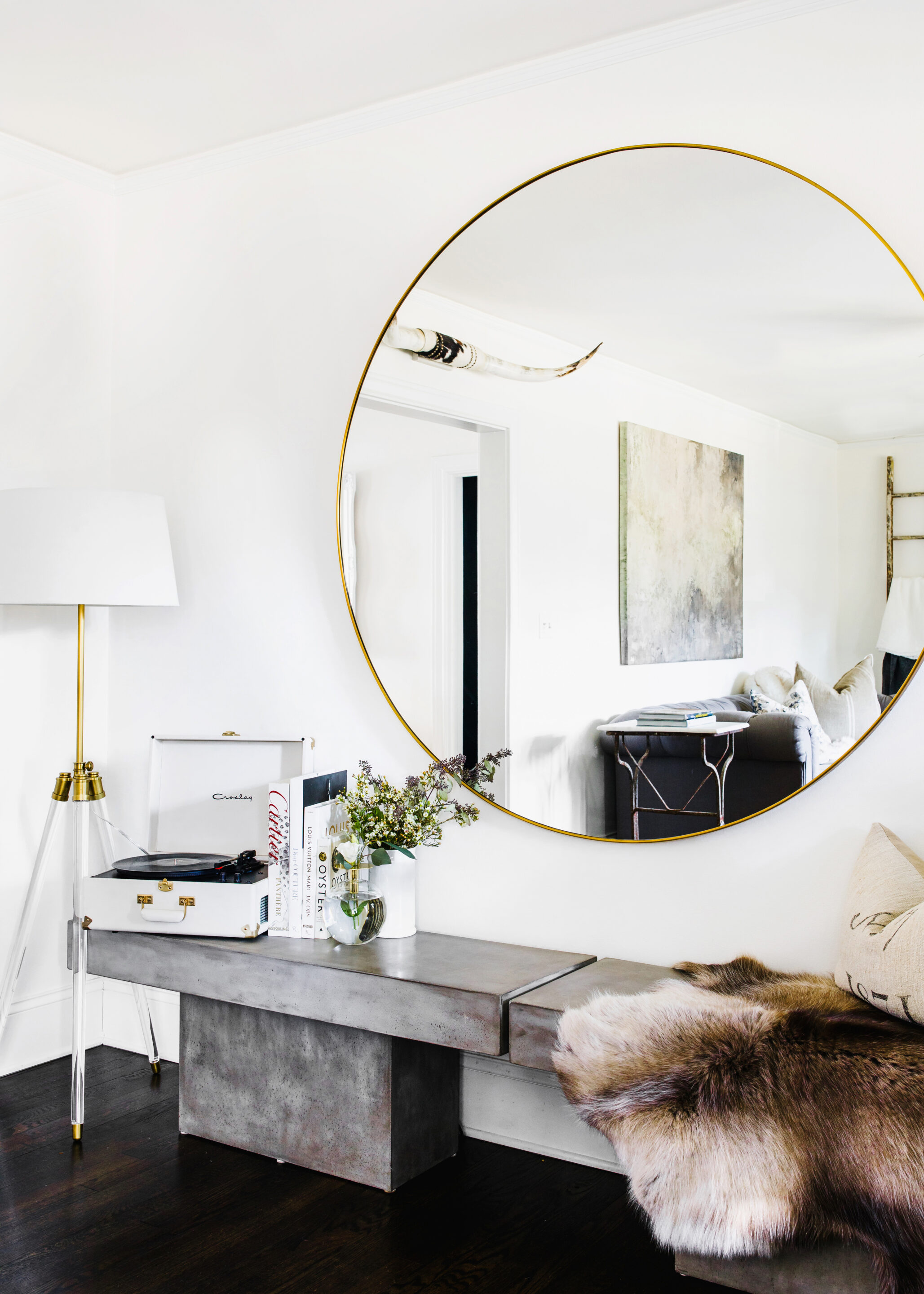
Constance Mariena for The Inspired Home Journal
“Midimalism”
This year, it’s all about meeting in the middle: minimal maximalism, budget-friendly yet luxurious, vintage-meets-modern, and finding a balance between distinct styles. Call it “midimalism.”
Lifestyle site, Purewow, describes minimal maximalism as “working with clean, neutral or tonal palettes (borrowing from minimalism), then keeping things visually interesting by incorporating ornamental furniture or a variety of textures (hello, maximalism) Your statement pieces are intricate and eye-catching, but you don’t have a lot of clutter, creating that spacious, airy feeling minimalist rooms tend to have.”
Discussing maximalism, Mirabile stated that he doesn’t feel like it resonates with consumers today and feels overdone. “It’s a collision of ‘overdone, let’s buy less’ and ‘use what we’ve got, find great things in the attic or secondhand.’”
Purewow discussed that consumers can start with a few maximalist moments – where some of the nostalgic, vintage or thrifted pieces could come in – and add in a few well-placed simple, colorful or textured accent pieces. Home accessories such as vases, pillows, decorative trays and picture frames could be used. Micro-luxury pieces in faux fur, faux leather, velvet, gilded gold or marble could make a budget-friendly home feel luxurious. Keeping the color palette limited allows spaces to feel cohesive and subtle, adding to the minimal aspect.
The 2023 Pinterest Predicts trend report found that searches have increased for incorporating vintage pieces in the home. “Eclectic interior design vintage” searches were up 850% for the analysis period of September 2020 to September 2022, while “mixing modern and antique furniture” were up 530% and “maximalist decor vintage” were up 350%. Consumers looking to upcycle or thrift decor and furniture could be doing so for several reasons including aesthetic, budget or sustainability.
“Americans are finally getting comfortable with the idea of eclecticism,” said Mirabile. “Now, it’s really about expressing yourself and defining and redefining yourself all the time with what you put out and what you acquire.”
At-Home Self-Care and Wellness
There is a continued presence of at-home remedies, luxury bathroom routines and incorporating a spa aesthetic into bathrooms as well as bringing balance, daily self-care rituals and coziness into the home as ways to enact wellness.
The 2023 Pinterest Predicts trend report found searches were up 460% for “shower routine aesthetic,” “shower bomb” searches were up 90% and “home spa bathroom” searches were up 190% from the analysis period of September 2020 to September 2022. Pinterest notes that spa-like showers will replace long soaks in the tub thanks to a global push toward water conservation and increased floor space.
As part of this trending “home spa bathroom,” facial steamers, humidifiers, essential oil diffusers, massage tools, fluffy towels and towel warmers, fancy soap dispensers and organized, well-displayed toiletries in clear containers, on trays or in baskets can go a long way toward achieving this aesthetic.
Self-care can also be achieved by creating cozy spaces in which to relax. Adding blankets, pillows, tea kettles and assorted tea products, candles and luxe fabrics such as fur or velvet can be the first step in creating a cozy space in which to practice self-care or relax. Colors can also play a large part in creating those cozy spaces, as people often look to color for a sense of comfort and optimism.
Consumers are looking for ways to integrate emotional wellness as well as physical wellness into their lives. By bringing it into their homes and creating personal sanctuaries, it can become more accessible and part of the everyday. Developing these rituals can help to alleviate stress and usher in mindfulness. Wellness is not just a luxury. It has become a necessity.
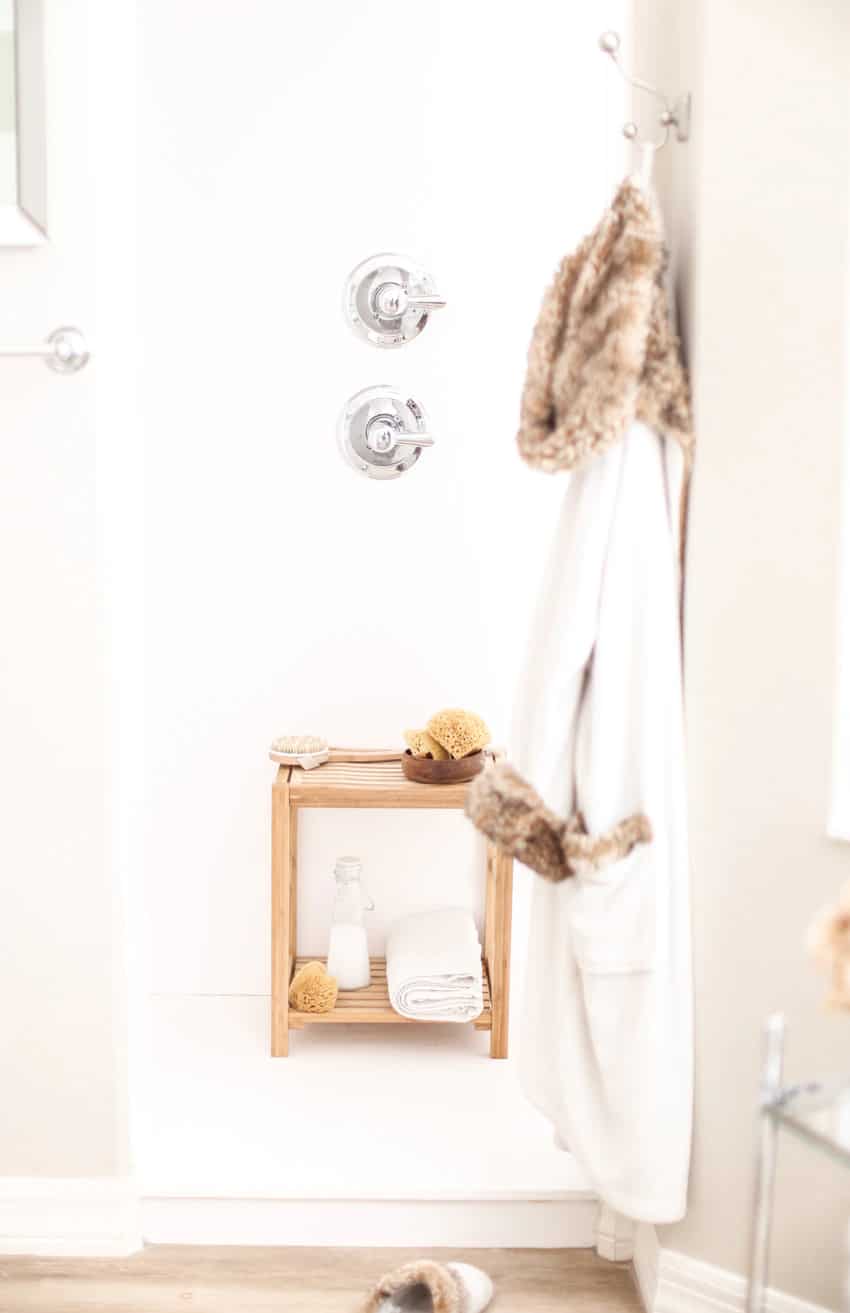
Destiny Alfonso for TheInspiredHome.com
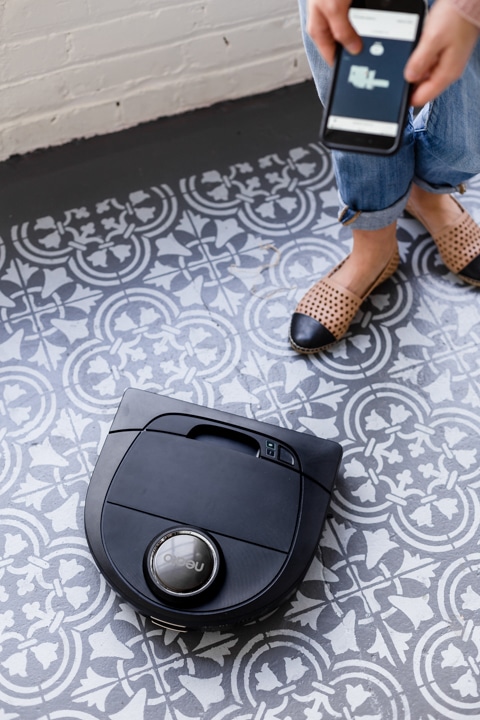
Colleen Jeffers for TheInspiredHome.com
Smarter Smart Home
Smart and connected products have become such an integrated part of our lives. Consumers are looking past the “coolness” of a smart product and looking more toward the value of a smart product. How can this smart feature add value to lives? We are looking toward more solution-based and applicable smart and connected products.
“Smart is not about technology. Technology may enable things, but now it’s how what they do fits into our lives. When you think about smart, you think about three things: save me time, save me space, save me money,” Mirabile stated. “Avoid technology for technology’s sake and encourage technology to solve problems.”
As pre-pandemic lifestyles resurface, consumers are looking for smart products that serve a purpose such as making their lives easier. Timed, smart coffee makers; connected cooking appliances such as induction tops, thermometers, food scales, and slow cookers; smart wellness products such as air purifiers with air quality sensors, smart diffusers, connected water bottles, fitness and sleep wearables, health monitors, sleep lights, smart pill dispensers, and smart water filtration; and connected home products such as smart locks, light bulbs, vacuum cleaners and mops, blinds and thermostats all have a place in today’s smart home.
For those looking to live more sustainably, many smart products can also improve a user’s carbon footprint, says UnsustainableMagazine.com. Smart thermostats can ensure energy isn’t consumed unnecessarily and can be set to your routine; smart lighting can be programmed based on a daily schedule, be controlled remotely and alert when a light has been left on accidentally; smart shower heads can let consumers know how much water they are consuming; smart window treatments help combat heat loss in the winter and keep your home cool in the hotter months, putting less strain on central heating and air conditioning systems; and smart plugs can be programmed with timers to prevent consumers from using more energy than needed.

